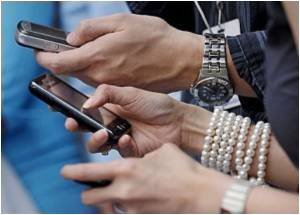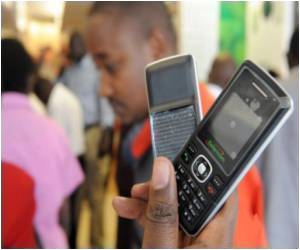For American teenagers, most text messaging is as harmless as passing notes.

On Monday, in the Journal of Abnormal Child Psychology, scientists reported a correlation between the frequency with which adolescents text about antisocial behaviors and the likelihood that they will engage in them.
"We were interested in how adolescents use electronic communication, particularly text messaging," said Dr. Samuel Ehrenreich, post-doctoral researcher in the School of Behavioral and Brain Sciences at UT Dallas. "We examined how discussing antisocial behavior – substance abuse, property crimes, physical aggression, that sort of thing – how discussing that predicts actually engaging in this problem behavior. Basically, does talking about bad behavior predict bad behavior?"
Although the idea of studying the texting habits of teens may not be new, looking directly at the messages they are sending is. Past studies relied on self-reported texting behaviors, which Ehrenreich said may be flawed due to teens providing inaccurate information about texts. They would not likely self-report texting about misbehavior. Teens also send an average of 60-100 texts per day, so they may simply forget about much of the texting they do. To circumvent these problems, free BlackBerry devices and service plans were given to 172 ninth-grade students with the understanding that their texts would be monitored.
Texts were collected and stored offsite in a secure database. The participants were rated before and after the school year for rule breaking and aggressive behavior by parents, teachers and in self reports.
Analysis of a sample of texts from two points in time revealed similarities in the types of antisocial messages between boys and girls. These included discussions of rule-breaking, illicit substance use, physical aggression or property crimes. Overall, the rate of antisocial texts was small, at less than 2 percent of the total messages sent and received. However, from this small percentage of messages, a strong link was found between those teenagers exchanging antisocial texts and the ratings of antisocial and aggressive behavior at the end of the school year.
Advertisement
Although this study focused on antisocial communications, Ehrenreich cautioned against thinking texting is all bad.
Advertisement
Source-Eurekalert








